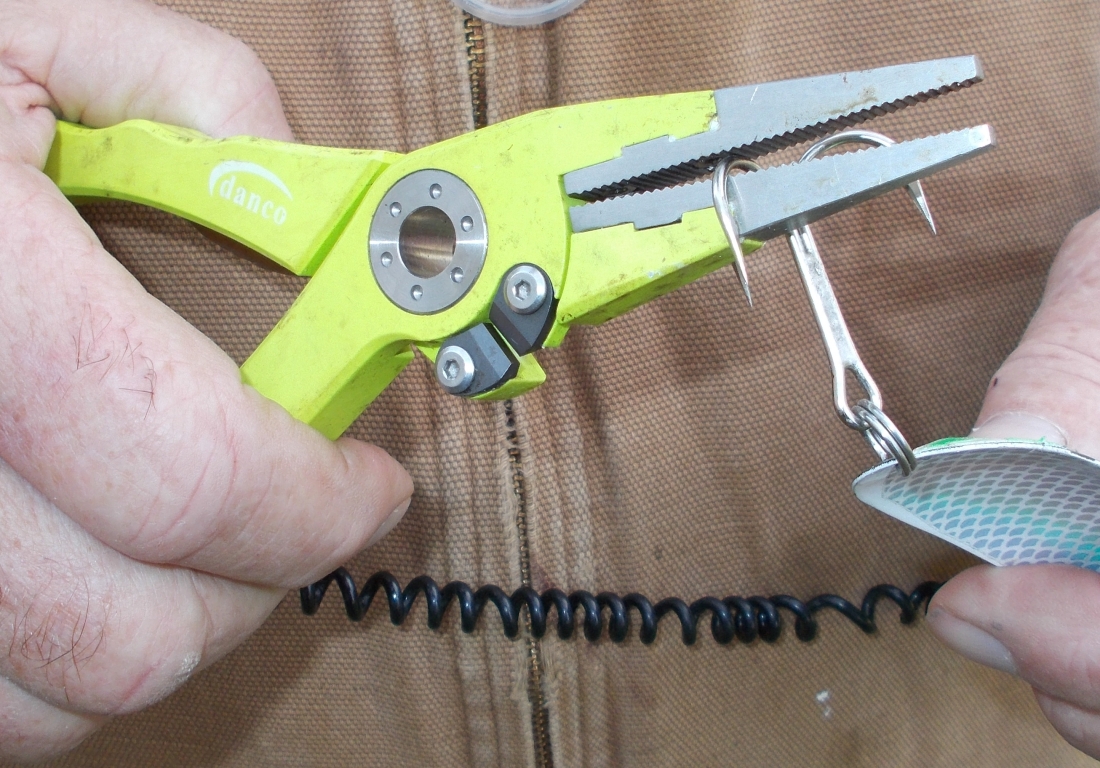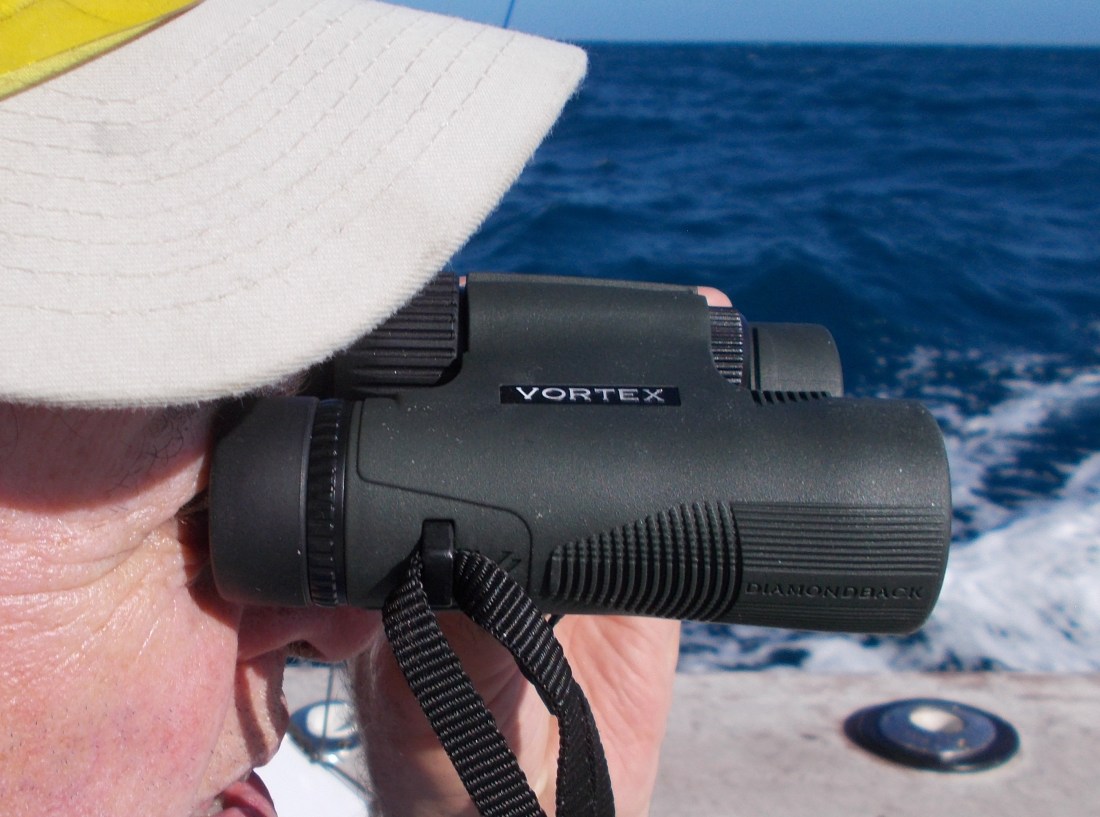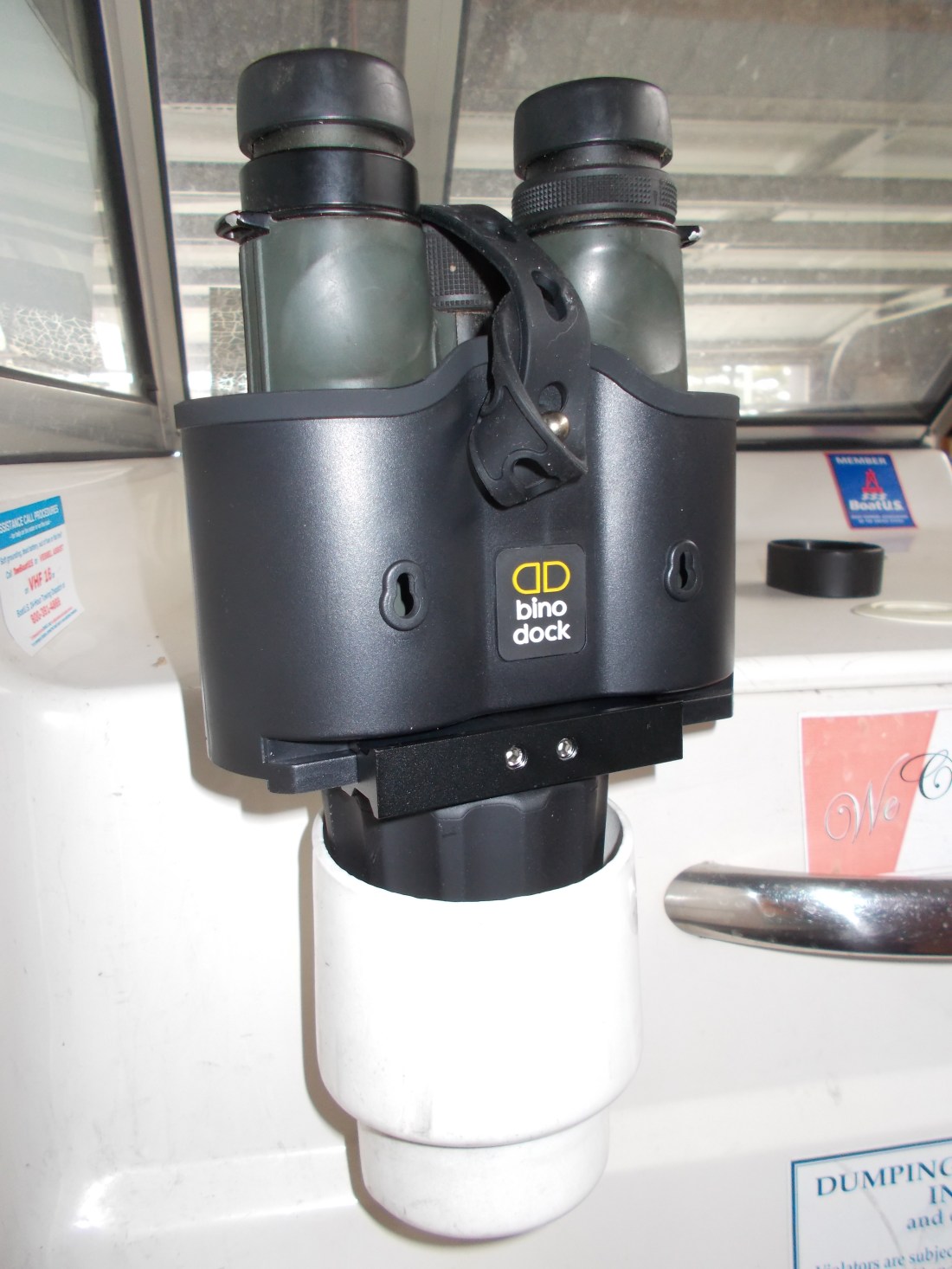 Reviewed by: CAPT. MIKE SCHOONVELD
Reviewed by: CAPT. MIKE SCHOONVELD
There are thousands of exhibitors displaying hundreds of thousands of products at the ICAST show earning it the title of being the world’s greatest fishing trade show. Attendees are besieged by tackle companies from major manufacturers to small mom and pop entrepreneurs, vying for attention. I’ve learned to consult a map and plot a course through the displays taking note of the booths or displays I want to visit.
One of those was Danco Pliers. No other hand tool is more useful or used than a good pair of needle-nose pliers to Great Lakes anglers. From unhooking fish, to cutting line to pulling pin bones from filets and on to a dozen or more other tasks, some days it seems as though I spend half my time with a pair of pliers in my hand.
I was astonished when I got to the Danco display. I expected a minimal display (like most exhibitors have); after all, how much space does a pliers company need? I’ve probably never seen so many pliers in one spot including in tool stores. So I went from hoping to find a likely pair of pliers to choosing from among all the choices.
I chose a model called the Admiral, specifically the “lime” color – which to me looks more chartreuse than green – but I wanted the brightest color specifically so it’s easy to spot when I have it unhooked from the hard rubber belt holster. If it’s tangled in the landing net, I want to see it. If it’s sitting on the gunwale or some other insecure area, I want to spot it before it gets accidentally jettisoned. The lime color is actually a “rubberized” paint to maximize the grip and minimize the chance of it sliding around when placed on a smooth surface.
The Admiral has aluminum handles to make them lightweight but has stainless steel jaws for maximum gripping power. They also have tungsten-carbide snips located along one of the hinges which will cut line, copper and stainless steel wire. The snippers are replaceable if necessary. At 7 1/2 inches overall, these are a comfortable size for all around use.
Danco pliers are widely available online, but many online vendors don’t stock all colors and models. To check out or purchase any of the colors, other models or other fine Danco products go to http://www.dancopliers.com.

 Reviewed by: CAPT. MIKE SCHOONVELD
Reviewed by: CAPT. MIKE SCHOONVELD Reviewed by: CAPT. MIKE SCHOONVELD
Reviewed by: CAPT. MIKE SCHOONVELD
